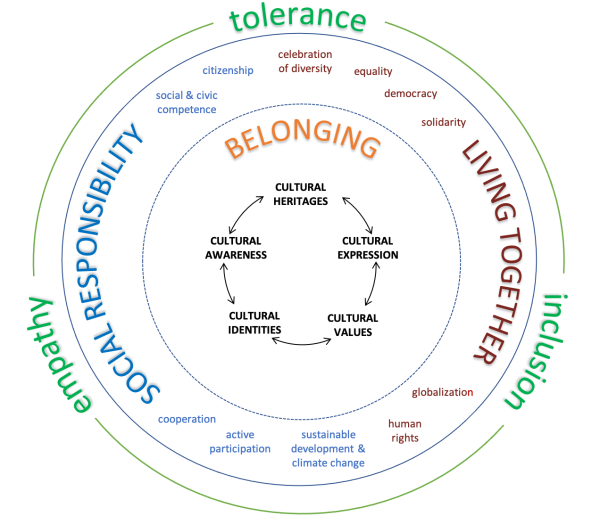A mosaic of assessment methods for inclusive education

The EU’s flagship Pathways to School Success initiative promotes inclusive education by supporting Member States in reducing low achievement in basic skills and increasing attainment in secondary education. The initiative supports a shift from the traditional focus on academic performance to a more holistic view of education.
An important element of this is diversifying the ways schools define and assess pupil achievement and educational development. Assessment has a key role to play in this. Timely and specific feedback helps close learning gaps, significantly impacts learning, and makes pupils much more aware of motivation in their own learning process.
The foundation: formative, summative, and diagnostic assessment
Contemporary educational systems usually integrate several types of student assessment, with each supporting different purposes.
- Summative assessment reports achievement at the end of a set period of learning and evaluates performance against a set of general standards.
- Formative assessment provides feedback during the learning process and enables teachers and learners to make informed adjustments to the process.
- Diagnostic assessment identifies strengths and weaknesses, specific knowledge and misconceptions.
An ideal assessment programme should incorporate multiple types of assessment, combining traditional and alternative methods catering to the needs of different types of learners.
Alternative assessment methods
There are some alternative approaches to assessment that can be used to reflect a more inclusive view of educational success.
Dialogic assessment
In a dialogic learning process, pupils get to explain, discuss, argue and ask questions. This means assessment becomes a dialogue rather than a monologue of feedback given by the teacher. A dialogic approach allows teacher insights and the pupil experience to be more aligned.
The Horizon DIALLS project aimed to develop an understanding of young people’s cultural literacy through teaching dialogue and argumentation. The outputs include resources for teachers with a focus on cultural learning and dialogue.
DIALLS project
Peer and self-assessment
Formative assessment may be norm-referenced (relative to peer group or population) or ipsative (relative to the learner’s own prior performance). Both approaches may be used by pupils to assess their own learning or to collectively assess results comparatively as a group.
Through self-assessment, learners reflect on their own learning with the help of different tools such as rubrics, checklists, journals, portfolios or traffic lights adapted to different age groups.
Incorporating peer-assessment helps learners to:
- Share reflections on their own learning,
- Understand their progress in relation to that of others,
- Refine their understanding as a group to deepen all pupils’ understanding.
This deeper understanding is then reflected in improved summative assessment scores.
An Erasmus+ project created the ASSESSMAKE21 app, which can be used by pupils to self-assess the transversal skills they have developed when using a makerspace.
Self-assessment can also be used by teachers – the EU’s SELFIE for TEACHERS is a diagnostic self-assessment tool for evaluating their own strengths and gaps in digital competences.
Video and podcasts as assessment tools
Video and audio assessments are long-established practices in disciplines in which practical skills and performance are critical, such as medical education, language learning, and performing arts. They are usually used formatively for self-evaluation, so teachers can analyse strengths and areas for development during learning.
However, they can also be used summatively, creating learner-generated videos on practical skills or visual/audio presentation projects rather than written ones that can be evaluated for content mastery.
Portfolio and platform assessment
Portfolio assessments compile work done by a learner to show growth over a specific period, for example collections of essays, presentations or reports.
In the context of digital tools, e-portfolios and online collaborative platforms can enable peer and self-assessment, and are highly valued by learners.
Digital portfolios enable:
- Students to submit assignments in different formats (written tasks, multimedia videos, audio and slide presentations)
- Teachers to provide individual and collective feedback, and upload their own helpful resources
The EU-funded Tintin project about constructive journalism used digital portfolios where the learners uploaded activities and their evidence, which were then linked to difference competences.
Further reading
Additional information
-
Education type:School EducationVocational Education and Training
-
Target audience:Government staff / policy makerHead Teacher / PrincipalStudent TeacherTeacher
-
Target audience ISCED:Primary education (ISCED 1)Lower secondary education (ISCED 2)Upper secondary education (ISCED 3)

